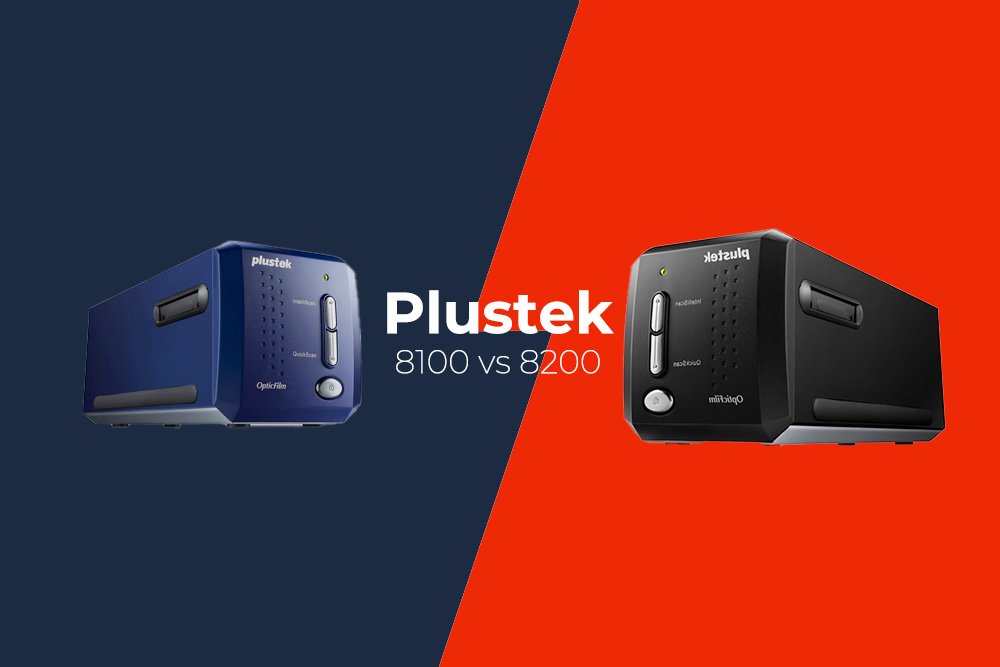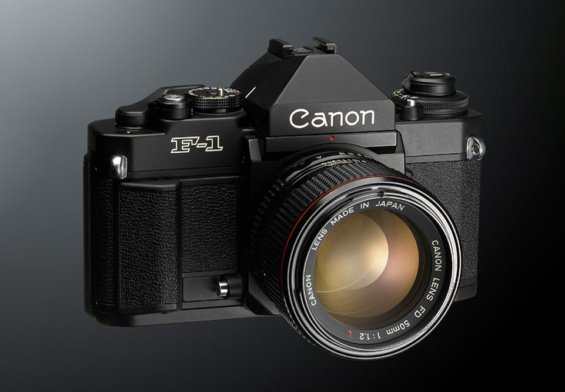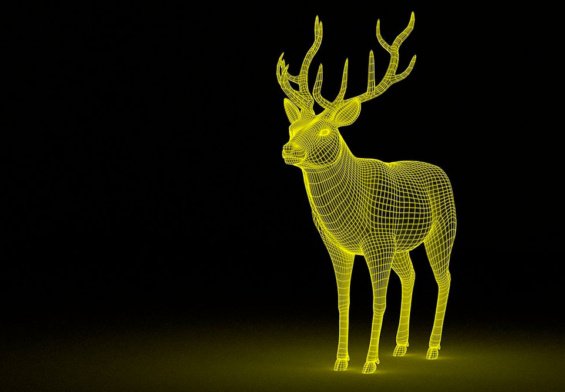When it comes to film scanning, Plustek is a trusted brand, offering reliable solutions for both casual users and professional photographers. Among their product line, two models often stand out: the Plustek 8100 and Plustek 8200. While both are excellent scanners, they cater to different needs, making it essential to understand their key technical differences. In this blog, we’ll break down the key factors that distinguish these two scanners, helping you make an informed decision based on your scanning requirements.
1. Overview of the Plustek 8100 and 8200 Models
Both the Plustek 8100 and 8200 are dedicated film scanners designed to digitize 35mm film and negatives. They are highly regarded in the scanning community, especially among photography enthusiasts who want to convert film into high-resolution digital files.
- Plustek 8100: Positioned as a more budget-friendly option, it is ideal for casual users who need an affordable scanner with decent quality.
- Plustek 8200: This model offers more advanced features and higher resolution, making it the better choice for professionals or serious hobbyists who need detailed scans with more control over the final output.
2. Resolution: DPI (Dots Per Inch)
Resolution is one of the most important aspects to consider when choosing a scanner, as it directly affects the level of detail captured in the digital images.
- Plustek 8100: Offers a maximum optical resolution of 7200 DPI (dots per inch). While this is more than enough for everyday scanning needs, it might fall short for professionals seeking ultra-high detail for enlargements or prints. This DPI is ideal for users scanning family photos, old film strips, or occasional projects.
- Plustek 8200: Also features 7200 DPI resolution, but it provides enhanced detail capture due to its advanced optics and superior image processing capabilities. If you’re scanning professional film negatives or need to create large-format prints, the 8200’s optimized resolution will give you more precision and clarity.
Conclusion: While both models offer the same maximum DPI, the Plustek 8200 is better at extracting finer details thanks to improved hardware and software optimization. For casual users, the 8100 is more than sufficient, but professionals may notice the difference in sharpness and clarity with the 8200.
3. Dynamic Range (Color Depth and Detail)
The dynamic range of a scanner refers to its ability to capture the full range of tones, from the darkest shadows to the brightest highlights. A higher dynamic range is essential for accurately scanning negatives and slides without losing detail in dark or bright areas.
- Plustek 8100: Has a respectable dynamic range, capturing a decent amount of detail in shadows and highlights. However, it may struggle slightly with extreme dark areas or very bright highlights, which could lead to some loss of detail in those regions.
- Plustek 8200: Boasts a higher dynamic range, making it superior when scanning images with high contrast. This is particularly important for professional photographers who need to recover shadow detail or prevent highlight clipping. The 8200 can extract more depth from film, providing richer scans with more accurate color representation.
Conclusion: The Plustek 8200 outshines the 8100 in terms of dynamic range. If you need to capture subtle tonal details in your scans, the 8200 is the clear winner, offering more precision and control over color depth.
4. Scan Speed
Speed is another important factor, especially for users who need to scan large volumes of film. A faster scan time means more efficient workflows.
- Plustek 8100: The 8100 is designed for casual scanning, offering decent speeds for everyday use. It can scan a 35mm slide in about 36 seconds at 3600 DPI, which is fine for light usage but may feel slow if you have a large batch of film to digitize.
- Plustek 8200: The 8200, while similar in speed to the 8100, benefits from its improved image processing, slightly reducing the overall scan time. It’s faster at higher resolutions, making it a better option for professionals who need to handle multiple projects or large film archives.
Conclusion: While both models have comparable scanning speeds, the Plustek 8200 handles larger, higher-resolution scans more efficiently, saving time in professional settings.
5. Software and Features
The software that comes with a scanner is crucial, as it can make or break the user experience. Both Plustek models come with SilverFast software, but the versions differ significantly.
- Plustek 8100: Comes with SilverFast SE, a basic version of the software. This is sufficient for casual users and includes tools for color correction, image enhancement, and basic dust/scratch removal. However, advanced features like multi-exposure or automatic color calibration are missing.
- Plustek 8200: Includes SilverFast AI Studio, which is a more advanced version of the software. It offers features like multi-exposure scanning, which captures more detail by combining multiple scans at different exposures. This results in better dynamic range and color accuracy. It also has tools for precise color calibration, advanced dust and scratch removal, and more extensive image enhancement options.
Conclusion: The Plustek 8200 offers a far superior software suite, making it more suitable for users who require advanced editing and image optimization features. The 8100’s software is adequate for beginners, but lacks the sophistication of SilverFast AI Studio.
6. Price Point
The difference in price is a critical factor for many buyers, especially those who may not need the advanced features of the 8200.
- Plustek 8100: Priced at the lower end of the market, it’s a more affordable option for casual users or those with a limited budget. It delivers good value for everyday scanning needs, particularly for users who don’t require high-end features like multi-exposure scanning.
- Plustek 8200: The higher price reflects the additional features, better dynamic range, and superior software package. While it costs more, it provides a higher level of performance, especially for users who need professional-grade scans.
Conclusion: The Plustek 8100 is the better option for those on a budget or casual users who don’t need professional-level scanning. The Plustek 8200 justifies its higher price with better features and more precise scanning capabilities, making it ideal for photographers and professionals.
7. Ease of Use and User Experience
Both scanners are designed to be user-friendly, but there are differences in their usability depending on the user’s needs.
- Plustek 8100: Simple to set up and operate, the 8100 is ideal for users who just want to scan film without getting bogged down in complicated settings. It’s a plug-and-play device with minimal setup required.
- Plustek 8200: Although it offers more advanced features, the 8200’s software and settings can present a steeper learning curve. It’s still relatively easy to use, but the extra tools might take some time to master, especially for beginners.
Conclusion: The Plustek 8100 is perfect for users seeking simplicity, while the Plustek 8200 offers more functionality for those who are willing to invest time in learning its advanced features.
8. Ideal Use Cases
- Plustek 8100: Best suited for casual users who need a straightforward scanner for digitizing old family photos, occasional film projects, or light scanning work. Its combination of affordability and ease of use makes it an excellent entry-level scanner.
- Plustek 8200: Ideal for professionals, photographers, and enthusiasts who need high-quality scans with detailed editing options. The additional features and better dynamic range make it worth the investment for users who need top-notch image quality.
Conclusion
In summary, both the Plustek 8100 and 8200 are excellent scanners, but they cater to different audiences. The Plustek 8100 is a great choice for casual users looking for a budget-friendly solution with decent scanning capabilities. On the other hand, the Plustek 8200 is designed for professionals or serious hobbyists who need advanced features, better dynamic range, and superior image quality.If you’re simply looking to digitize old film or photos for personal use, the 8100 will meet your needs. However, if you’re scanning for professional purposes or need more control over your scans, the Plustek 8200 is worth the higher price.
FAQ’s
The Plustek 8100 offers better value for casual users, while the 8200 provides more advanced features for professionals.
No, unless you require advanced features like multi-exposure or higher dynamic range. The 8100 should suffice for most casual needs.
The SilverFast AI Studio software with the 8200 significantly improves performance with its advanced editing tools, while the 8100’s basic software is suitable for simple tasks.
Yes, but the 8200’s slightly faster scan speed.





